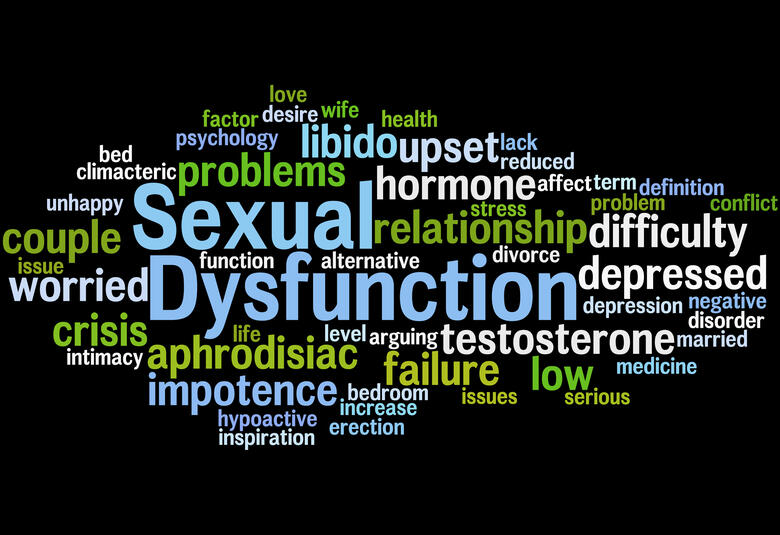Leading expert John Mann, Department of Psychiatry, Columbia University, New York, USA, raises awareness of the priority of the issue worldwide by identifying several steps towards more effective suicide prevention.
Professor Mann advises us to:
- Better assess imminent suicide risk, as might be achieved through wearable devices
- Encourage men to ask for help. Over the lifespan, rates of completed suicide are around three times higher in men than in women.
- Reduce the availability of the most lethal means of suicide, as has been achieved in several countries.
- And, above all, we need to identify and treat major depression more effectively – and that requires continuity of care. At the moment, many of those, who are diagnosed with mental health conditions do not engage with therapy or are lost to follow-up.
According to recent reports, someone in Poland takes their own life every 47 minutes. Poland has the third highest number of suicides amongst EU states; and more people die by their own hand than die in road accidents.
But the problem is everywhere. In the USA, suicide is the second most common cause of death among people aged 10-34 years. Worldwide, more people die by suicide than are killed in wars or by other forms of violence.1 So it is a truly global tragedy.
We need to identify and treat major depression more effectively – and that requires continuity of care
Restrict the means and expand the treatment
The presence of a psychiatric disorder - especially major depression - is the most important predictor of suicide. In the US, around 90% of people who commit suicide have a psychiatric disorder. Yet fewer than a third of them were receiving psychiatric treatment at the time they died. So, it is essential to identify and treat these patients adequately.
A clear way of reducing number of suicides is effectively treating major depressive disorder (MDD) with antidepressants (and possibly also cognitive behaviour therapy [CBT]), Professor Mann states.
Worldwide – and in contrast to the USA -- the suicide rate has fallen. The fact that this is due mostly to fewer pesticide deaths points the way to the other well-established means of prevention: restricting the means.
Someone who survives an initial suicide attempt has a more than 80% lifetime chance of not dying by suicide. So, it is vital to reduce the lethality of the means available for that first attempt. Along with reducing access to pesticides, this can be as simple as restricting the number of common over the counter pain tablets in a pack.
Survivors of an initial suicide attempt have a more than 80% chance of not dying by suicide
Identifying those most at risk
Most people who die from suicide are depressed. Yet most depressed people do not attempt or die from suicide. So, the risk clearly lies in a subgroup. These are people who attempt suicide early in the course of their disease.
About half the risk of suicide is genetic. Life events do, of course, play a role – but suicide is not simply a response to extreme stress or emotional pain. It is an abnormal response. The most important factors that reveal this risk are a past history of a suicide attempt, a family history of suicidal behavior, and a history of severe suicidal ideation.
In the US, around 90% of people who commit suicide have a psychiatric disorder. The majority are not receiving treatment at the time
Associations with neurobiology
Among the traits that contribute to a vulnerability to suicidal behavior are:
- Dysregulated mood and emotion: The correlation between clinician-rated and subjective severity of depression is only around 0.5.2 At least to some extent, the traits of pessimism and hopelessness associated with suicide are transmitted down families.
- Misreading of social signals: Suicidal behavior seems associated with hypersensitivity to negative signals and a perception that the environment is pervaded by criticism. Enhanced sensitivity to emotional signals can be seen in patterns of neuronal activation.3
- Reactive or impulsive traits and decision-making.
- Altered learning, memory and problem solving: This is evident, for instance, on the Iowa Gambling Task.4 The performance of healthy controls and people with affective disorders improves consistently with experience in the game, while that of people who have made suicide attempts (especially of a violent nature) does not.
Professor Mann also cites studies implicating abnormalities in the function of neurotransmitter receptors related to depression. Thus higher 5-HT1A autoreceptor binding in the raphe nucleus at baseline predicted suicidal ideation and the greater lethality of suicide attempts during follow-up.5
Our correspondent’s highlights from the symposium are meant as a fair representation of the scientific content presented. The views and opinions expressed on this page do not necessarily reflect those of Lundbeck.




